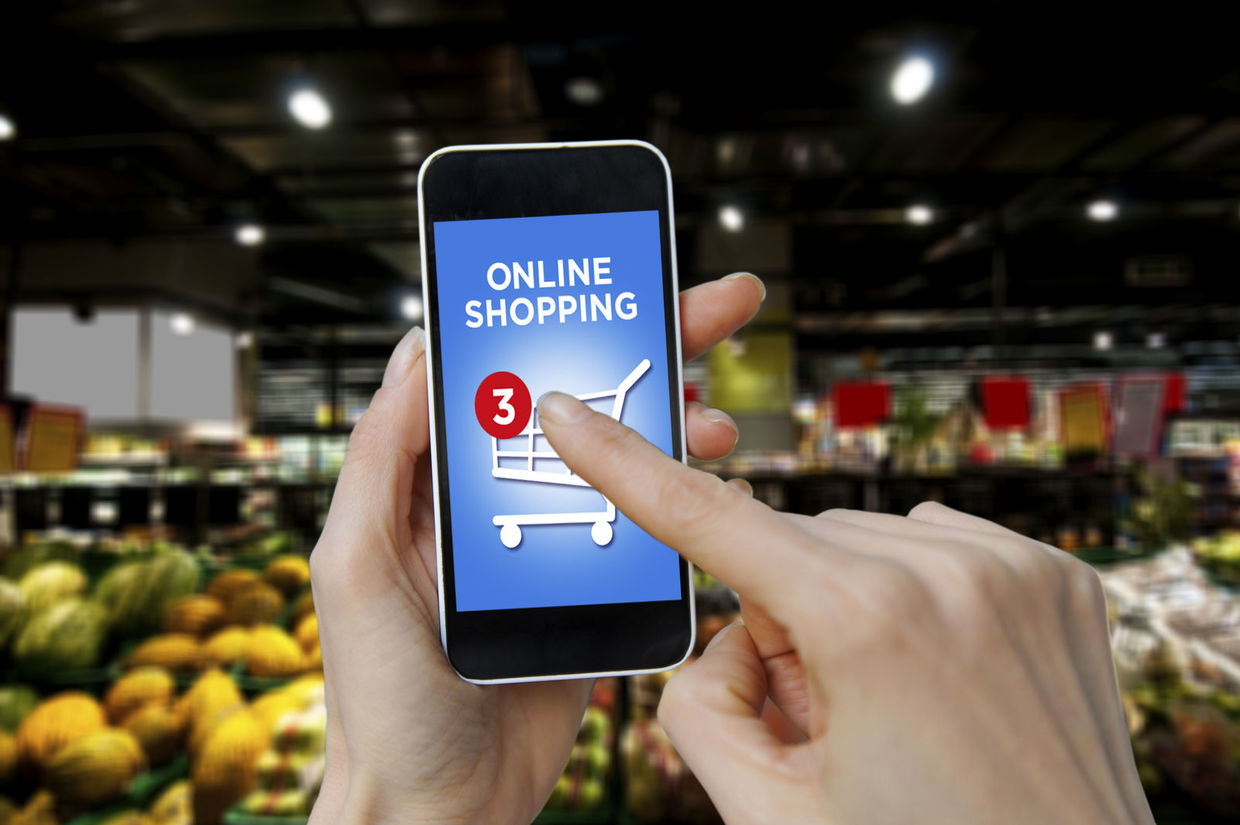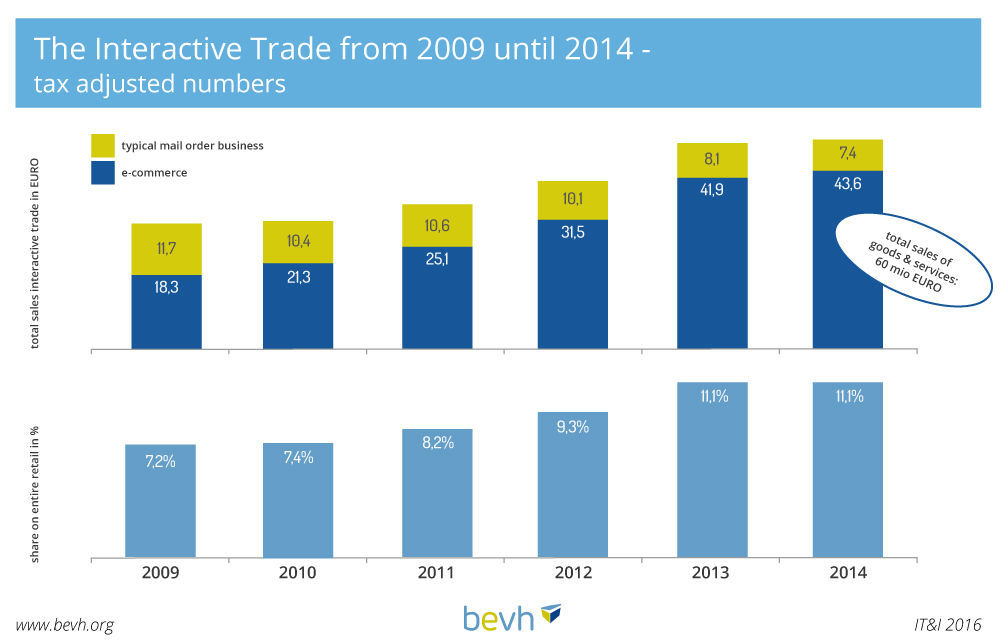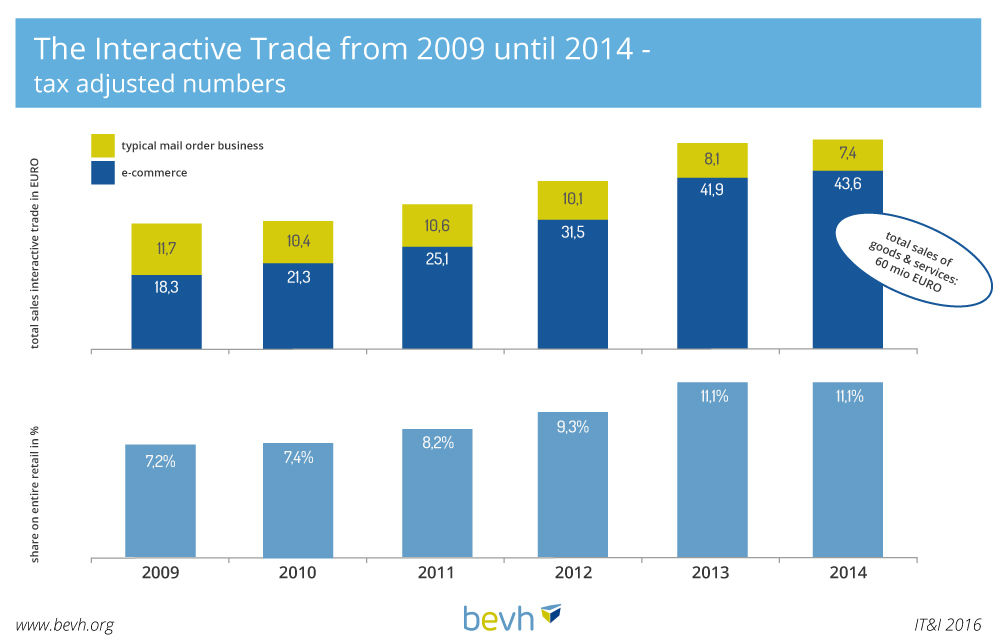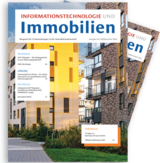The digitisation of retail – in-store, online, mobile... Wasted opportunities or risks?

Additional portals allow you to click on the best priced provider of your preferred product or service. The modern consumer, who is skilled and well-networked, can perform these buying transactions in a matter of minutes. This is online retail.
Let us go back a bit... mail order, Neckermann, Quelle – these names no longer exist in this form. Maybe you still remember the Littlewoods catalogue! Everybody sat around the coffee table, leafed through the thick catalogue, filled in the order card, on went the stamp and it was posted in the nearest postbox. The ordered goods then arrived together with the invoice about ten days later. You paid the invoice, and the principle of goods for money was somehow retained.
Online retail was the logical progression of mail order catalogues. However, it has not replaced it, as the ordered services still have to be delivered to your door. The transport procedure has not changed significantly, but the selection and ordering process is very different for today’s customers. Instead of a catalogue and order card, the user clicks on the provider’s website using a PC or laptop. Consumers can now browse and order from a wider and more use-based selection and predominantly pay without cash – at the same time as placing the order.
Smarter shopping
Mobile terminal devices are now rapidly optimising online retail. Every other person now owns a smartphone and one in five has a tablet, and this trend is growing. Most users can be reached via the Internet at all times. Because of this, they also make purchases using their smartphone. Is this development bad for in-store retail? Are stores the real loser in this, with all the resulting consequences for many areas of society?
Customers are not only actors in online retail; all retailers can guide them through the shopping process. Even conventional retailers can connect with their customers on the Internet with their own app. Customers use this to identify themselves at the entrance to the supermarket and from that moment on the app becomes a shopping assistant. If the customer clicks on a red wine, the app describes the flavour, suggests alternatives and guides the customer to the shelf. While the customer is placing the bottle in the shopping trolley, the app suggests a suitable meal, including the associated produce and recipes, to go with the wine. Just like Mr. Smith used to do face to face.
This multi-channel
strategy is used in a similar way for furniture retailing. For example,
products that require an explanation or that can be configured, such seating
elements or shelving systems, can be presented digitally on the web, allowing
customers to measure them virtually to suit their plans and room conditions.
The purchase is initiated online and progresses in the existing furniture store
with personal consulting and service offers.
Location-based shopping apps are another feature of this mobile commerce. They show the product range of various retail chains and shops in the consumer’s immediate vicinity. According to this app, the shoes the customer is looking for are not only available online; a shop 150 m down the road also stocks them. A map immediately shows them directions. The customer tries on the shoes and buys them immediately, and the shoe shop has retained a customer. The immediate availability of the goods remains a key strength of in-store retail, as it has always been.
But these shopping apps can do much more: based on the customers’ movement profiles, retailers can use location-based services to open up entirely new possibilities. Based on GPS localisation, smartphone users are shown special offers from retailers close to where they are and, ideally, even navigated to the shop being advertised. Of course, the customer has to accept this and ignore potential concerns regarding data privacy.
The
significance of social media marketing does not distinguish between online and
in-store retailers. On platforms such as Facebook, commenters can find
information and exchange views on products and services. Some Facebook pages
link the actors’ cross-media activities.

 Figure 1: Development of interactive retail
compared with retail as a whole.
|
Utilising the opportunities provided by digitisation
This mix of interactions between consumers and providers is developing in manifest ways and influencing other policy areas, in particular urban development. The centres of small and medium-sized towns are becoming deserted, more and more owner-operated specialist shops with high levels of consulting expertise are disappearing from the urban landscape, and in rural areas the predominantly elderly residents can no longer even purchase basic groceries in their villages. This is the flip side of the coin. But the examples also prove that, in flourishing cities, consumers can be inspired to shop when it is combined with experience zones for young and old, including food and entertainment.
Ultimately, rural areas also benefit from digitised retail. The products and services still come to the customers, just in a more anonymous manner. Furthermore, this trend can even be seen with groceries and fresh goods. You can order anything via a mobile terminal device, and this even includes groceries. With stronger regionalisation, which a large supermarket chain is currently attempting, everyday requirements are delivered directly to any location within a few hours without interrupting the cooling chain.
These two
development axes are mutually dependent with regard to opportunities and risks:
in rural areas, there is no need to move away, and innovative retailers in
urban areas receive new marketing opportunities to re-establish ties with
regular and occasional customers. In retail it is thus not about choosing
online or offline, but reinterpreting the business model. And digitisation is
now making this visible.
Author:

Ernst Hubert von Michaelis
Sales Representative
PROMOS consult
Other articles by this author:
- Article "The future of urban planning – the sponge city"
- Article "Urban Mobility – networked transport for the future"
- Article "We need to create additional housing – but how?"
- Article "The metropolis of the future – a discussion article"
- Article "Co-working – Find a workspace and network at the click of a mouse"
- Article "Less is more – an alternative way of living"
- Article "Micro living – the future of living as a new asset class"
- Article "The digitisation of retail – in-store, online, mobile... Wasted opportunities or risks?"
- Article "Accounting for leasing relationships in accordance with the IFRS 16 standard with low administrative expense"
- Article "Working from home is passé... the new trend is working on the move"
- Article "All that is possible with individual mobility"


